The Douglas Trilogy
...how it all began
|
Spirit proved a past life through messages and visions validated through original documents and onsite research in England and Scotland
|
 |
| Ruined Tower of Douglas Castle; the medieval family seat of the great clan that dominated Scotland during the Scottish Wars for National Independence; click on the image to transfer to the website that tells the story of the research that became this great story of past lives, proved through original 13th century documents and contemporary chronicles. |
|
|
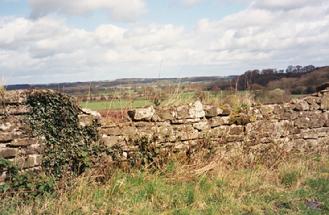 |
| Wilbrighton Hall, Staffordshire in England was the medieval manor granted to Sir William Bagot and his wife, Eleanora Lovaine Douglas; the deed noted that the lands would be held until their deaths and then pass to their heirs; 14th century court records show that the manor was reseised to Eleanora's youngest son, Sir Archibald Douglas, Regent of Scotland; proving her close, enduring relationship with her sons repatriated to Scotland's fight for freedom, evn after her marriage to the English knight |
|
|
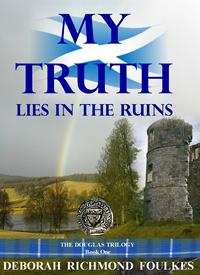 |
| Book I of the Douglas Trilogy; to visit the "My Truth" website please click on the image above |
|
|
 |
| Book II of the Douglas Trilogy - Coming in 2014, the Revised Edition; click on the image above to visit the website for further information on this edition |
|
|
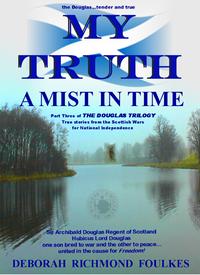 |
| The third and final book on the Douglas Clan and the Scottish Wars for National independence; click on the book cover image for to visit the "My Truth" website |
|
|
Deborah Richmond Foulkes, FSA Scot is a recognized historian on the Douglas Clan during the Scottish Wars for National Independence.The three volumes that comprise the Douglas Trilogy were researched and then written over a period of five years. The author made over 34 trips to hundreds of locations, visiting Scotland, England, France, Spain, Italy and Belgium to tell the story of the Medieval Douglas Clan. She personally financed her research project, incurring expenses well over $400,000. During her travels, Deborah Richmond Foulkes photograph all the locations referenced in The Douglas Trilogy. "These books are important because the information that was the basis for these historical accounts came from Spirit," Deborah explained. After receiving the evidence from Spirit the author then went about proving the information through primary historical documents and onsite research; studying at the libraries of Harvard University as well as the Library of Scotland and researching original documents at the National Archives in both Scotland and England.
|
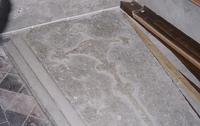 |
| Visions of a sword of this particular design and medieval feretory lid proved a link with the Little Dunmow Priory as the location of burial for William le Hardi Douglas. The body of the Crusader was transferred from the Tower in London around 6th November 1298 but the burial location was not documented. The evidence of a surviving 13th century feretory lid, a vision of a buial at the old priory involving the medieval stone casket pointed to the likelyhood of a final gravesite;a will in the British Library connected the location to the final resting place of his widow, Lady Eleanora Lovaine Douglas; once again, visions, documents and an understanding of a love that existed between Lord and Lady Douglas solidifed the evidence |
|
|
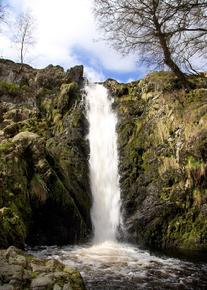 |
| Spiritual Visions presented over several weeks of a waterfall linked to a romantic interlude in Northumbria not far from the Douglas manor of Fawdon, a site in Ingram Parish held by the Douglas Clan for nearly a century during medieval times; locating the Linhope Spout on a map and then hiking into the location through pastures and over ancient cart paths became a pattern for the author as she determined to verify the words of Spirit through onsite research |
|
|
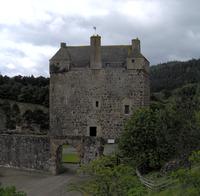 |
| Early morning visions of a man in Spirit who called himself Gilbert de Hay, a friend to the Douglas; a message from Spirit, "You will visit my castle today." The castle was known to the author as a Fraser manor that she was touring that same afternoon; the guide book sold at the castle revealed that Gilbert de Hay was indeed seised to the castle by Robert de Brus when he married the daughter and only heir of Fraser; the discovery illustrated a pattern of communication with Spirit: visions, messages and then documented research verifying the evidence from the world of Spirit. |
|
|
|